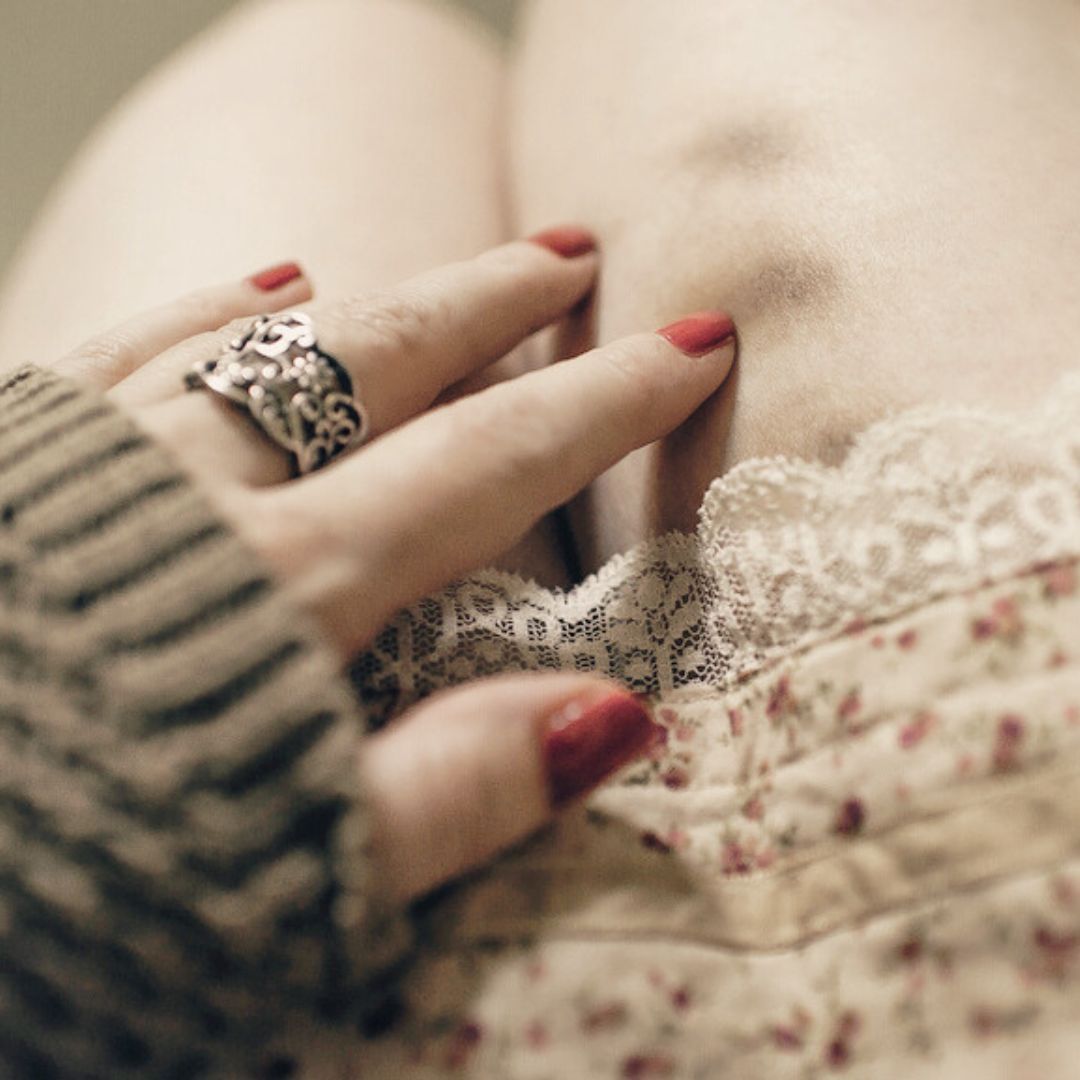
The Intricate Weave: Stitchery in Gothic Romance and Its Folkloric Roots
In the tapestries of gothic romance, where narratives are spun with threads of mystery and emotion, the art of stitchery holds a significant yet often understated role. Beyond its practical purpose, stitchery in these tales often weaves a deeper story, intertwined with folklore and symbolism. Let’s unravel the threads of this fascinating craft and its place in the world of gothic romance.
The Symbolism of Stitchery
Stitchery in gothic romance often symbolizes the intricacies of the human heart and the complexities of the stories being told. It’s not uncommon for heroines in these narratives to engage in sewing or embroidery, their meticulous stitch work paralleling the unfolding of the plot. Each stitch can represent a secret, a longing, or a piece of a hidden truth waiting to be discovered.
A Connection to Folklore
In many cultures, stitchery and embroidery are imbued with folklore and superstition. For instance, in some Eastern European traditions, embroidery patterns were believed to protect against evil spirits. In these cultures, the craft was not just an art form but a form of storytelling and a means of conveying cultural heritage and beliefs. This connection to folklore adds a layer of depth to its portrayal in gothic romance.
Stitchery as a Narrative Device
In gothic romance, the act of stitching can serve as a powerful narrative device. It can be a form of expression for the heroine, a way to channel her emotions or to keep secrets. In some stories, a piece of embroidery might hold clues to a family mystery or a hidden past, becoming a central element in the unraveling of the plot.
The Gothic Aesthetic
The aesthetic of stitchery, with its delicate yet enduring nature, aligns beautifully with the gothic theme. The contrast of the fragile threads against the backdrop of a dark, brooding setting mirrors the juxtaposition at the heart of gothic romance—the blend of beauty and darkness, delicacy and strength.
Stitchery in Modern Gothic Romance
In contemporary gothic romance, stitchery can be reimagined to fit modern narratives while still retaining its symbolic roots. It can be portrayed as a therapeutic activity, a form of escapism, or even as a connection to a character’s ancestry, linking them to the folklore and traditions of their past.
Conclusion
The craft of stitchery in gothic romance is more than just a quaint pastime of its characters. It is a thread that binds the narrative, rich with symbolism and folklore. It speaks to the heart of these stories—a heart that beats with the rhythm of secrets, emotions, and the timeless dance of light and shadow.
As we read and write gothic romances, let us remember the subtle art of stitchery and the layers of meaning it can add to our tales, stitching together the past and present, the seen and unseen, the spoken and unspoken.
Elle Early
I write modern gothic romantic suspense filled with creepy small-towns, steamy moments, and emotional depth. When I’m not dreaming up love stories, you’ll find me journaling, pulling tarot cards, or sipping tea with my tiny dog, HoneyBee, by my side. Stick around for love in the shadows, and a little bit of magic in every story. 💕✨











